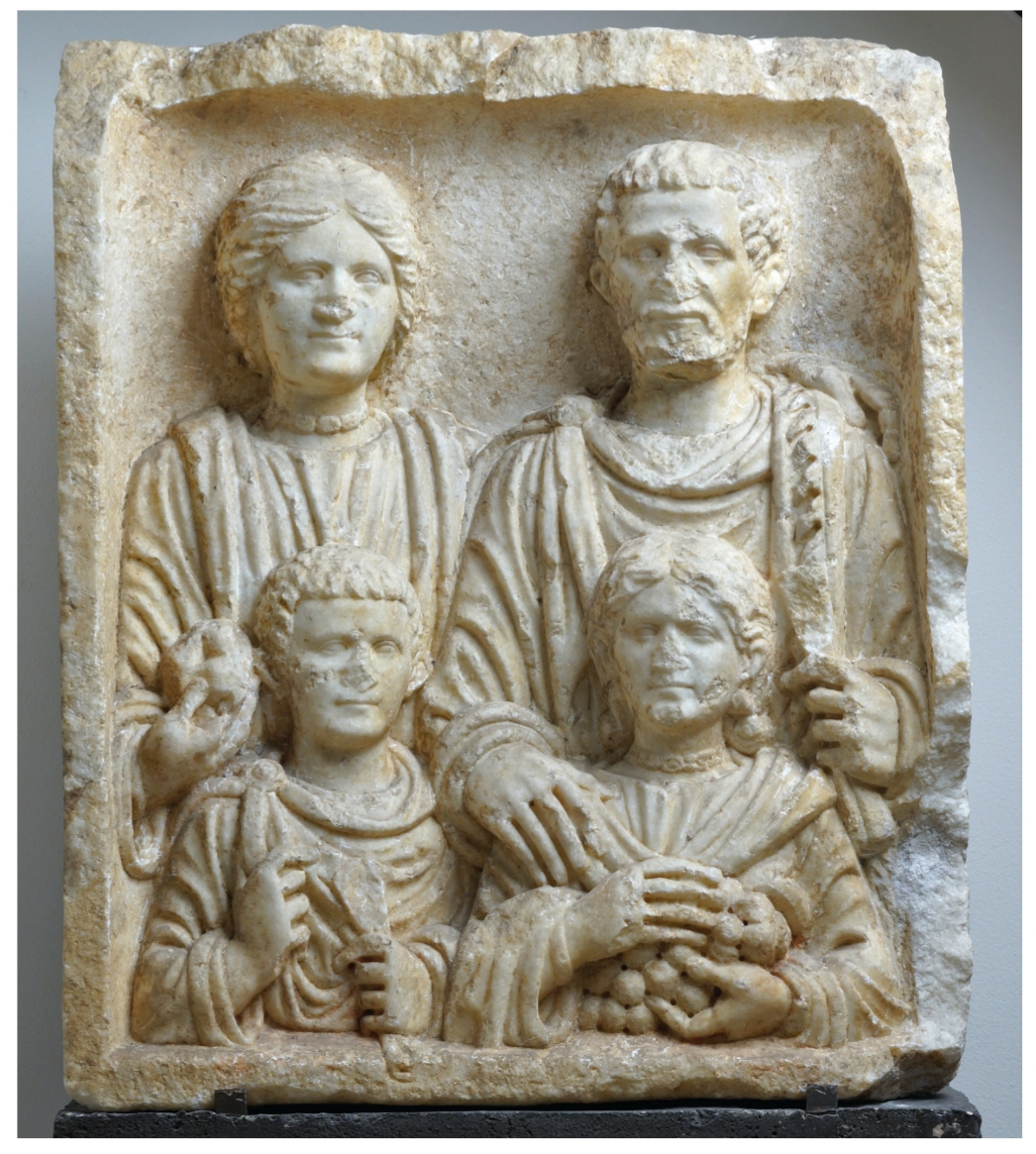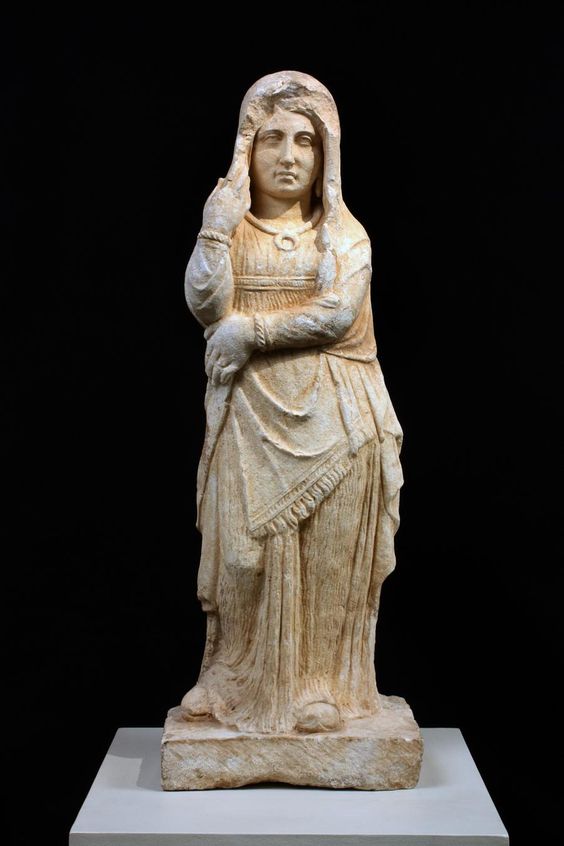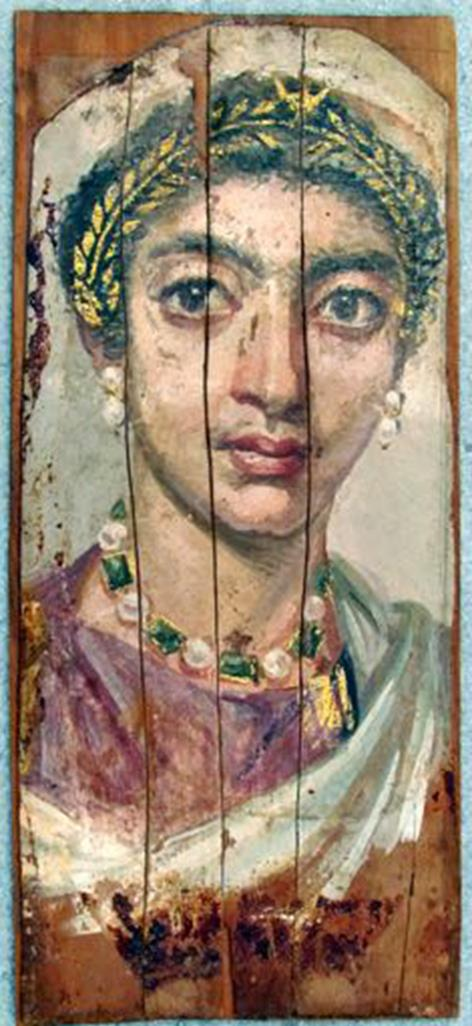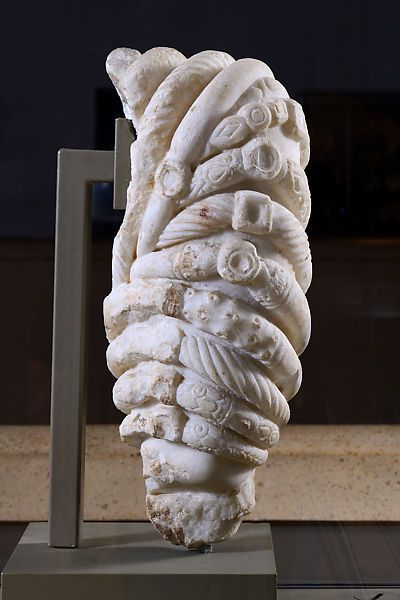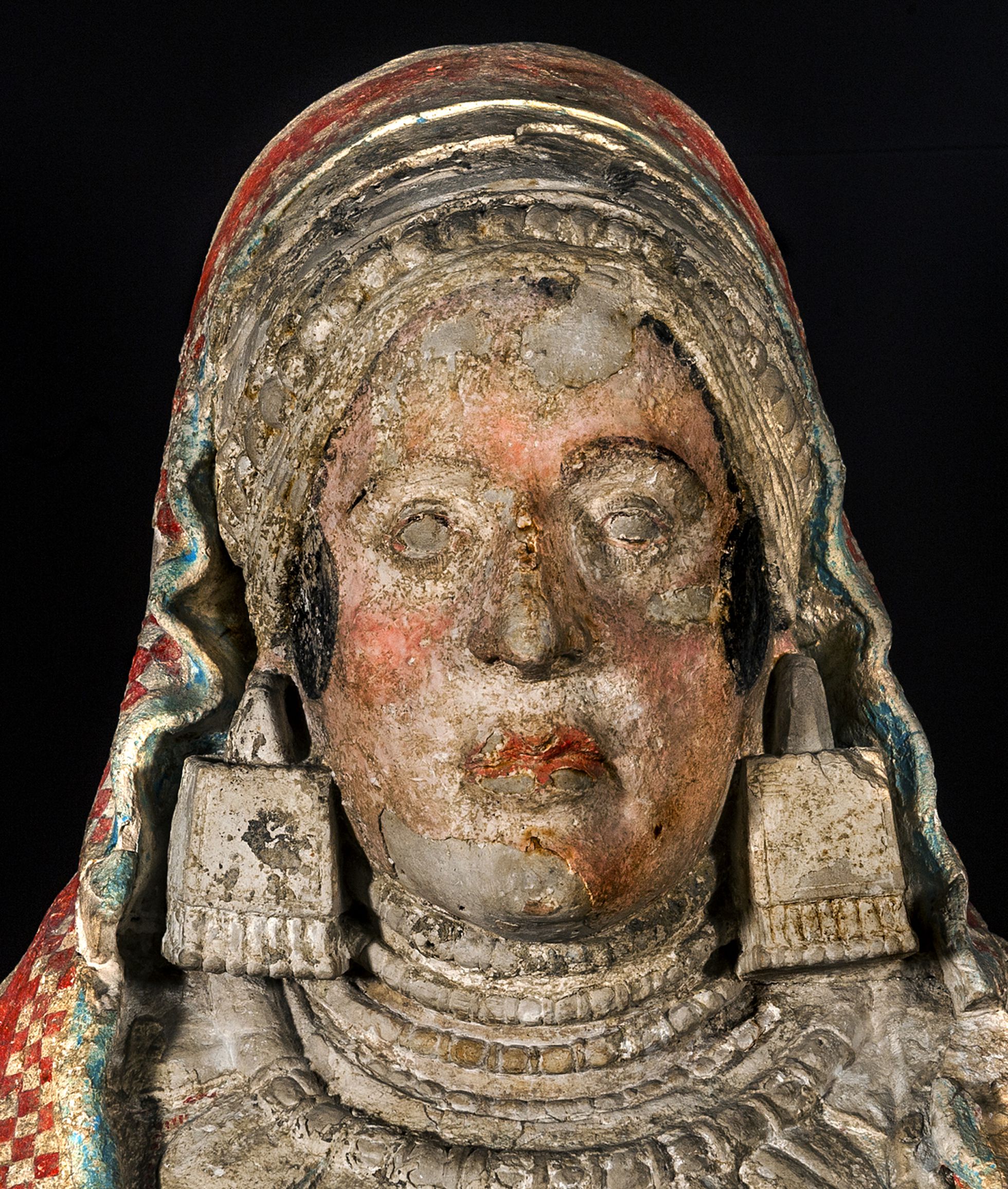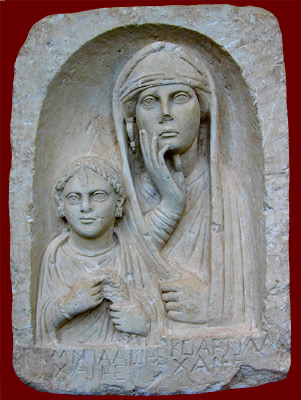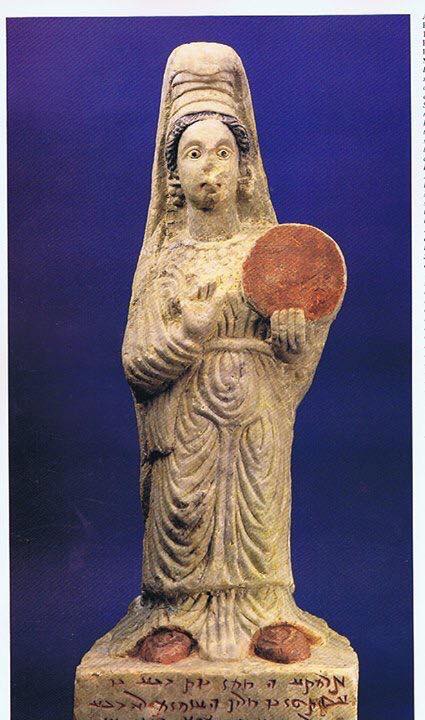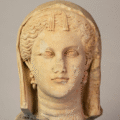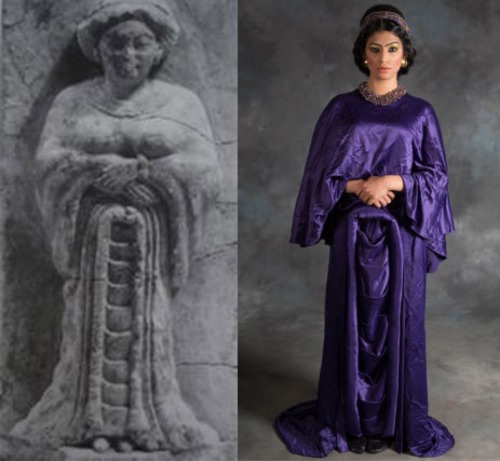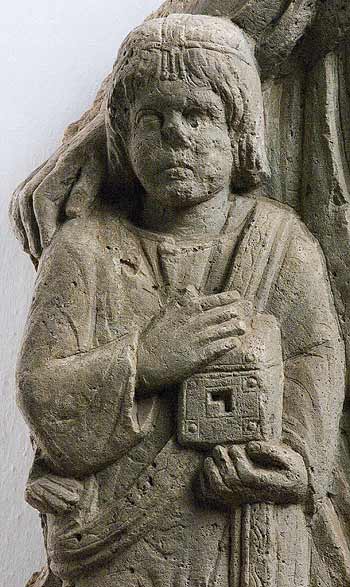
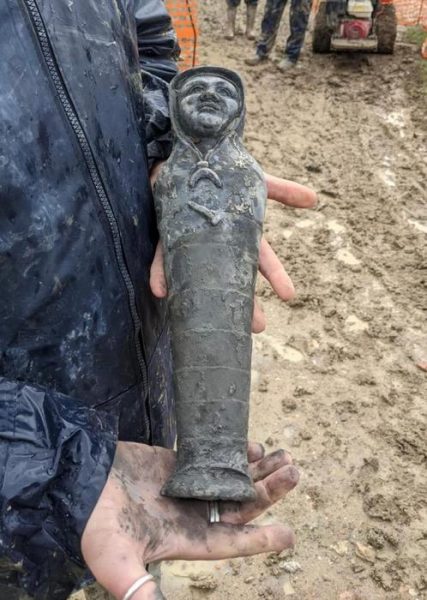

https://www.ansa.it
An article by Silvia Lambertucci
“SAN CASCIANO DEI BAGNI – A mountain of votive offerings linked to the healing power of sacred waters, with simulacra of babies in swaddling clothes and even a breast in bronze foil.
And then the wonder of the coins, by the thousands, in gold, orichalcum, bronze, still intact, as if they had just been thrown into the water.
In San Casciano dei Bagni in Tuscany, a tiny village in the province of Siena, the archaeological excavations subsidized by the municipality, in concession by the Ministry of Culture, are bringing to light the large basin of a complex thermal bath linked to a sanctuary that was Roman and before that Etruscan.
“What we are digging is an incredible votive deposit”, explains Tabolli, researcher at the University for Foreigners of Siena and coordinator of the project, a discovery of those that could have been made in the eighteenth or nineteenth century, especially for the state of conservation of the finds. Precious for the mountain of data it offers to scholars and in some way truly unique, even for those 2500 coins in perfect condition, as if the vault of that open-air bank that must have been the sanctuary of ancient San Casciano had re-emerged intact. The first step in 2007, when the municipality promoted the excavation conducted by the Superintendency which brought to light the remains of the necropolis of Balena, not far from where it is excavated today, with tombs of the 2nd and 1st century BCE, which had already attracted the attention of scholars for their bilingual inscriptions, in Etruscan and Latin, as evidence of the progressive acculturation process of an impending Roman age. In 2018 the geophysical exploration of the Bagno Grande area was financed, behind the sixteenth-century thermal baths still in operation today.
In August 2020 the first big surprise, with the discovery of an altar dedicated to Apollo. The rest is the chronicle of recent months, with the new campaigns that have brought to light the details of the monumental elongated tank where the faithful came to bathe in the regenerating water that flows here at 38-42 degrees, but also to entrust offers and ex voto to the gods.
And it is precisely the objects, the refined decorations of the immense swimming pool with the carved footprints of the faithful and animals, the ears dedicated to the divinity so that he would listen to prayers, the bull in bas-relief that marks the point where the water was drained, the references to the sacrificial theme and the agro-pastoral world as well as the altars dedicated to Isis and Fortuna Primigenia to tell the story of this magical place, like a film that is enriched with new details as the archaeologists go deeper. The hypotheses are fascinating. The idea is that this was a really important sanctuary, the fulcrum of the ancient Aquae Clusinae, the sources of Chiusi, a frontier place destination of international attendance at least up to the reign of Marcus Aurelius, and therefore to the first two centuries of the Empire, it remained in operation until the 5th century CE, when it was abandoned, perhaps after an earthquake.
But the very latest findings, underlines the archaeologist, show that the roots of the fame of this source on the slopes of the Cetona mountain, started from afar, indeed from very far away. From the Etruscans and perhaps from before them, expression of a very strong cult linked to the theme of motherhood and childhood of which there are testimonies in the caves, in the countryside and in the villages of this segment of Tuscany. Many springs and many ancient devotions as pieces of a puzzle that the unveiling of the powerful Etruscan traces in the sanctuary then reused by the Romans, now begins to recompose, offering the idea of a cult that in San Casciano changes hands and is renewed gradually adapting itself to the new lords of the territory: the names of the deities change and the language also changes as shown by the “translated” inscriptions of the nearby necropolis, but the idea that this hot water offered by the earth can cure ailments and even help the birth of new lives remains the same, as it will be then with the Medici and beyond until the decay of the late nineteenth century.”
(ANSA)

